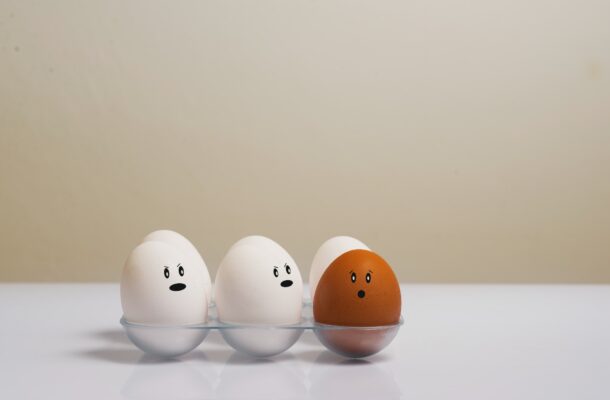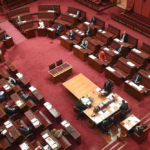Discrimination

We come into this world completely reliant upon others for life. It is only after a few years that we learn to accept that others are at least equally important. As we grow we learn to manipulate others into doing what we want – food, warmth, protection, etc.
Most grow out of this as we become independent and are able to look after ourselves. When we begin to interact with others on an equal basis we find that people are different. Some of these differences are logical and therefore acceptable but some we cannot understand and these we either learn about or ignore and therefore by inaction treat differently.
Over time these differences sometimes turn into dislike which can take the effect of bullying – verbal or physical, or rejection. Our biases are built up by interacting with others, absorbing data from the world around us (a lot of it unconsciously and therefore non-judgmentally accepted as valid) and via our own likes and dislikes. If we find we do not like or get along with someone then we could build up a dislike for others of similar attributes like colour, religion, ethnicity, etc.
Most of us want to feel liked and to have someone who can be relied on to help in time of need. Most want to feel a degree of self worth which can be seen in our friendships, achievements, popularity or associations with peer groups. Unfortunately in some this is achieved by demeaning or bullying others.
In order to achieve this, we tend to look for signs of inferiority – differences in speech, dress, religion, colour and so forth. We find that small communities tend to help others far better than people in towns or cities. People we live with, work with and know tend to be acceptable. Those in other communities or countries who come to our shores tend to be the ones we either consciously or unconsciously shun or disregard.
Intolerance is a lack of respect for practices or beliefs other than one’s own. It also involves the rejection of people whom we perceive as different, for example members of a social or ethnic group other than ours, or people who are different in political or sexual orientation. Intolerance can manifest itself in a wide range of actions from avoidance through hate speech to physical injury or even murder.
Discrimination occurs when people are treated less favourably than other people are in a comparable situation only because they belong, or are perceived to belong to a certain group or category of people. People may be discriminated against because of their age, disability, ethnicity, origin, political belief, race, religion, sex or gender, sexual orientation, language, culture and on many other grounds.
Discrimination, which is often the result of prejudices people hold, makes people powerless, impedes them from becoming active citizens, restricts them from developing their skills and, in many situations, from accessing work, health services, education or accommodation.
Discrimination has direct consequences on those people and groups being discriminated against, but it has also indirect and deep consequences on society as a whole. A society where discrimination is allowed or tolerated is a society where people are deprived from freely exercising their full potential for themselves and for society.
A stereotype is a generalised belief or opinion about a particular group of people, for example, that entrepreneurs are ambitious, public servants are humourless, or that women have long hair and wear skirts. The main function of stereotypes is to simplify reality.
Stereotypes are usually based either on some kind of personal experience or on impressions that we have acquired during early childhood socialisation from adults surrounding us at home, in school or through mass media, which then become generalised to take in all the people who could possibly be linked.
A prejudice is a judgement, usually negative, we make about another person or other people without really knowing them. Just like stereotypes, prejudices are learned as part of our socialisation process. One difference between a stereotype and a prejudice is that when enough information is available about an individual or a particular situation, we do away with our stereotypes.
Prejudice rather works like a screen through which we perceive any given piece of reality: thus, information alone usually is not enough to get rid of a prejudice, as prejudices alter our perceptions of reality; we will process information that confirms our prejudice and fail to notice or “forget” anything that is in opposition. Prejudices are, therefore, very difficult to overcome; if contradicted by facts, we’d rather deny the facts than question the prejudice (“but he’s not a real Christian”; “she is an exception”).
Discrimination and intolerance are often based on or justified by prejudice and stereotyping of people and social groups, consciously or unconsciously; they are an expression of prejudice in practice. Structural discrimination is the result of perpetuated forms of prejudice. This is a pity because the introduction of new ideas, techniques or ways of doing things can only enhance a society as many small towns in Australia have found.
It is useful to understand that bias and discrimination are within us all and it is up to us to recognise it, to understand it and to work with it.

Alan Stevenson spent four years in the Royal Australian Navy; four years at a seminary in Brisbane and the rest of his life in computers as an operator, programmer and systems analyst. His interests include popular science, travel, philosophy and writing for Open Forum.











